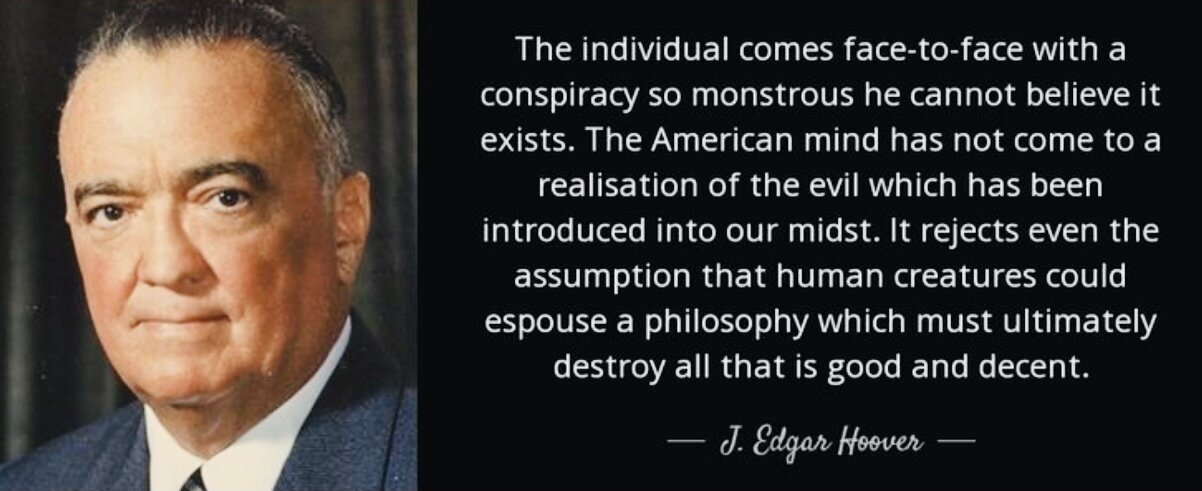Having done what he could to bring the Laotian nightmare to the attention of those whose constitutional job it was to supervise such questions, Branfman went back to Thailand and from there to Phnom Penh, capital of Cambodia. Having gained access to a pilot's radio, he tape-recorded the conversations between pilots on bombing missions over the Cambodian interior.
On no occasion did they run any checks designed to reassure themselves and others that they were not bombing civilian targets. It had been definitely asserted, by named US government spokesmen, that such checks were run.
Branfman handed the tapes to Sydney Schanberg, whose New York Times report on them was printed just before the Senate met to prohibit further blitzing of Cambodia (the very resolution that was flouted by Kissinger the following month).
From there Branfman went back to Thailand and traveled north to Nakhorn Phanom, the new headquarters of the US Seventh Air Force. Here, a war room code-named “Blue Chip" served as the command and control center of the bombing campaign.
Branfman, who is tall and well built, was able to pose as a new recruit just up from Saigon, and ultimately to gain access to the war room itself. Here, consoles and maps and screens plotted the progress of the bombardment.
In conversation with the "bombing officer" on duty, he asked if pilots ever made contact before dropping their enormous loads of ordnance. Oh, yes, he was assured, they did. Worried about hitting the innocent?
Oh, no–merely concerned about the whereabouts of CIA “ground teams" infiltrated into the area.
Branfman's report on this, which was carried by Jack Anderson's syndicated column and also in the Washington Monthly, was likewise uncontroverted by any official denial.
One reason that the United States command in Southeast Asia finally ceased employing the crude and horrific tally of "body count" was that, as in the relatively small but specific case of Speedy Express cited above, the figures began to look ominous when they were counted up.
Sometimes, totals of "enemy" dead would turn out, when computed, to be suspiciously larger than the number of claimed "enemy" in the field. Yet the war would somehow drag on, with new quantitative goals being set and enforced.
Thus, according to the Pentagon, the following are the casualty figures between the first Lyndon Johnson bombing halt in March 1968 and the same date in 1972:
Americans 31,205
South Vietnamese regulars 86,101
"Enemy" 475,609
The US Senate Subcommittee on Refugees estimated that in the same four-year period rather more than three million civilians were killed, injured or rendered homeless.
The individual comes face-to-face with a conspiracy so monstrous he cannot believe it exists. The American mind has not come to a realisation of the evil which has been introduced into our midst. It rejects even the assumption that human creatures could espouse a philosophy which must ultimately destroy all that is good and decent. J. Edgar Hoover
In the same four-year period, the United States dropped almost 4,500,000 tons of high explosive on Indochina. (The Pentagon's estimated total for the tonnage dropped in the entire Second World War is 2,044,000.)
This total does not include massive sprayings of chemical defoliants and pesticides, the effects of which are still being registered by the region's ecology.
Nor does it include the land-mines which detonate to this day. It is unclear how we count the murder or abduction of 35,708 Vietnamese civilians by the CIA's counter-guerrilla "Phoenix program" during the first two and a half years of the Nixon-Kissinger administration.
There may be some “overlap." There is also some overlap with the actions of previous administrations in all cases. But the truly exorbitant death tolls all occurred on Henry Kissinger's watch, were known and understood by him, were concealed from Congress, the press and the public by him-at any rate to the best of his ability-and were, when questioned,
the subject of political and bureaucratic vendettas ordered by him.
They were also partly the outcome of a secretive and illegal process in Washington, unknown even to most cabinet members, of which Henry Kissinger stood to be, and became, a prime beneficiary.
On that closing point one may once again cite H.R. Haldeman, who had no further reason to lie and who had, by the time of his writing, paid for his crimes by serving a sentence in prison.
Haldeman describes the moment in Florida when Kissinger was enraged by a New York Times story telling some part of the truth about Indochina: Henry telephoned J. Edgar Hoover in Washington from Key Biscayne on the May morning the Times story appeared.
According to Hoover's memo of the call, Henry said the story used "secret information which was extraordinarily damaging." Henry went on to tell Hoover that he "wondered whether I could make a major effort to find out where that came from... and to put whatever resources I need to find out who did this. I told him I would take care of this right away."

























